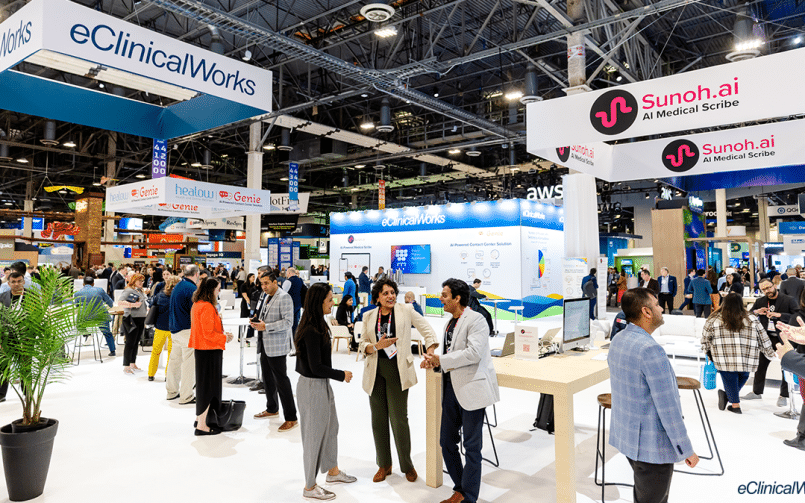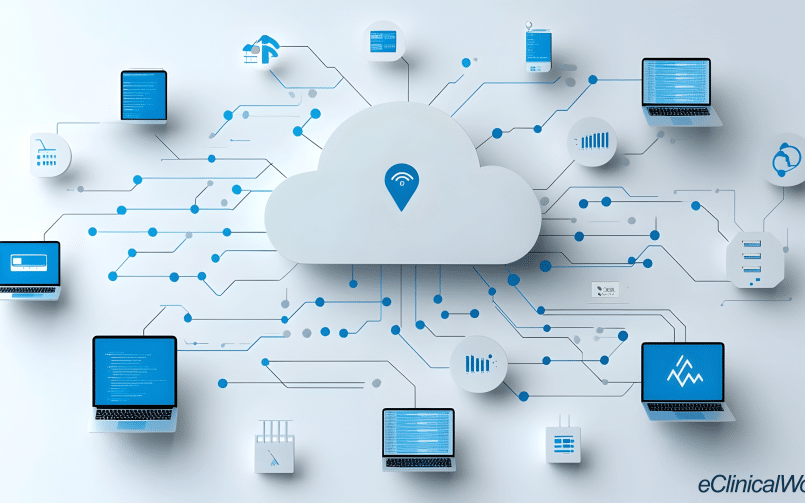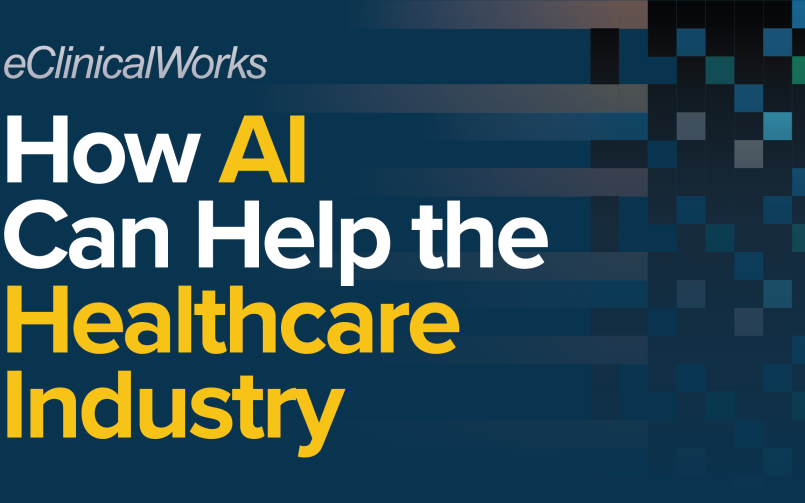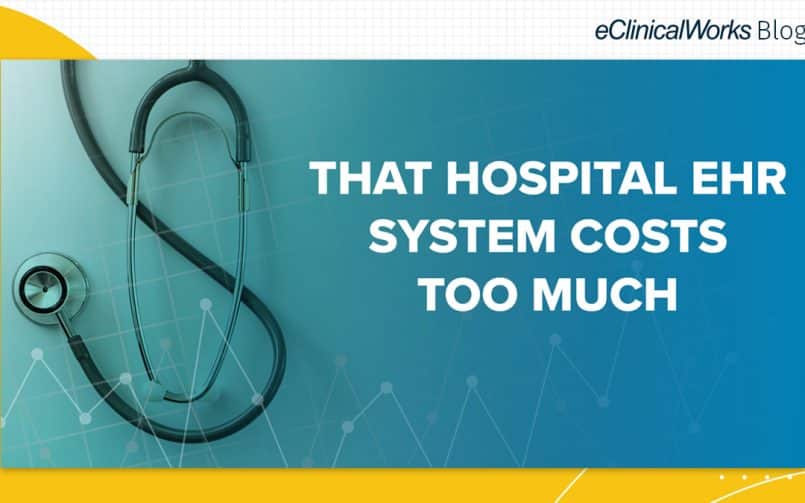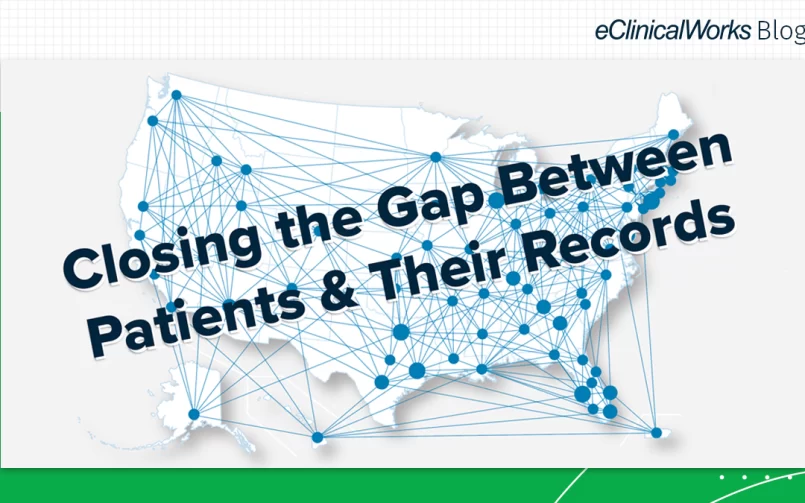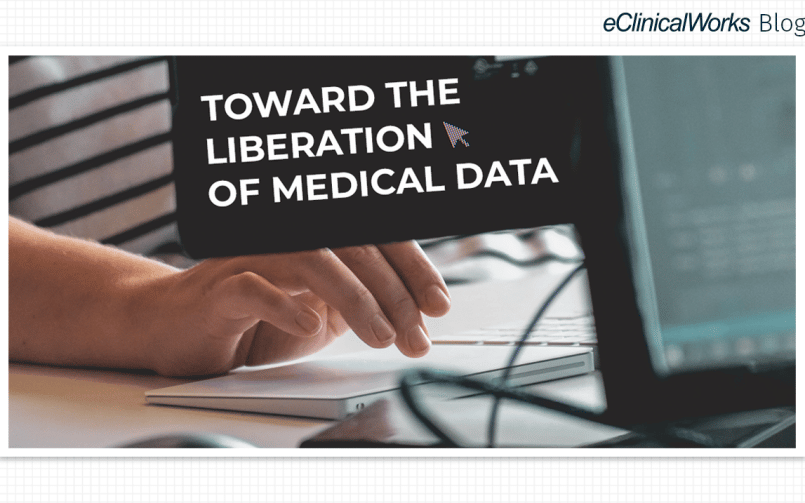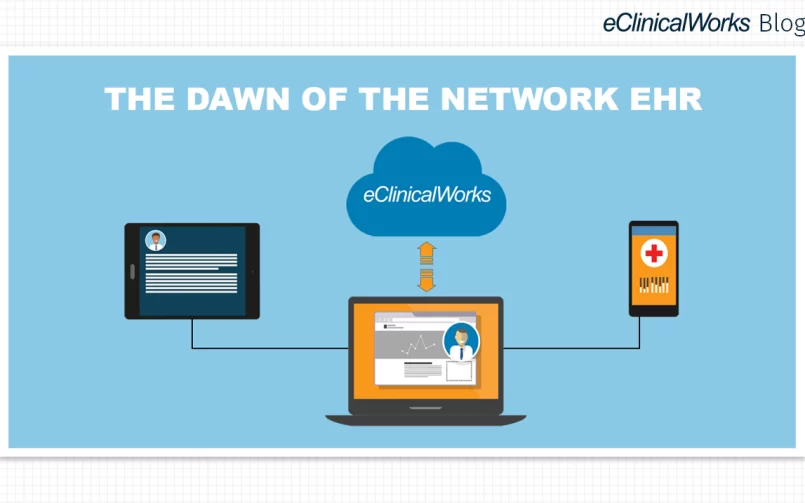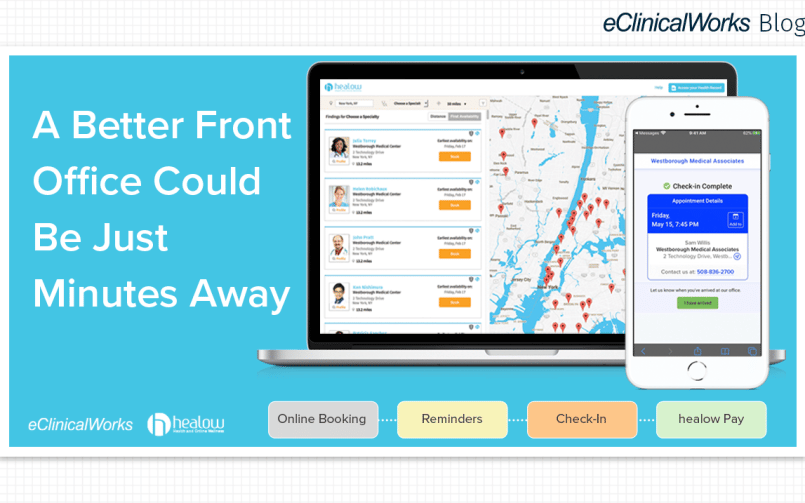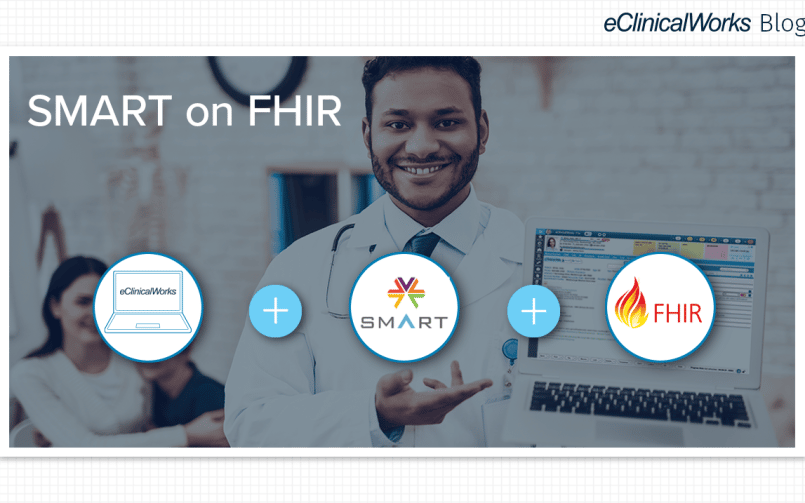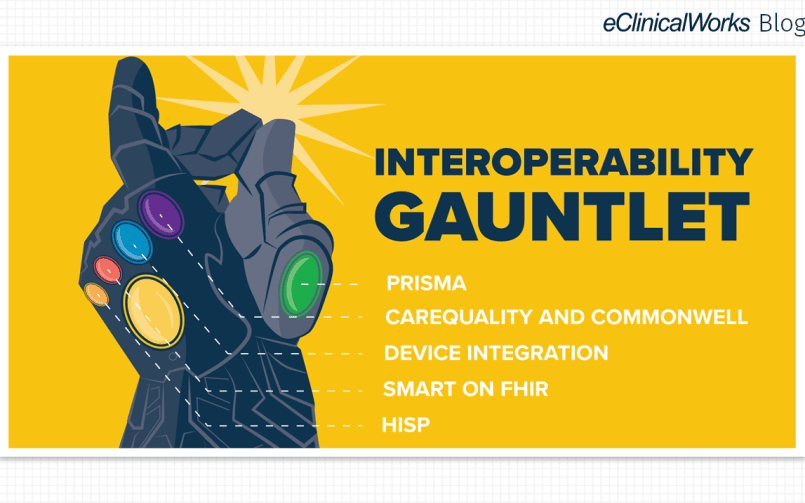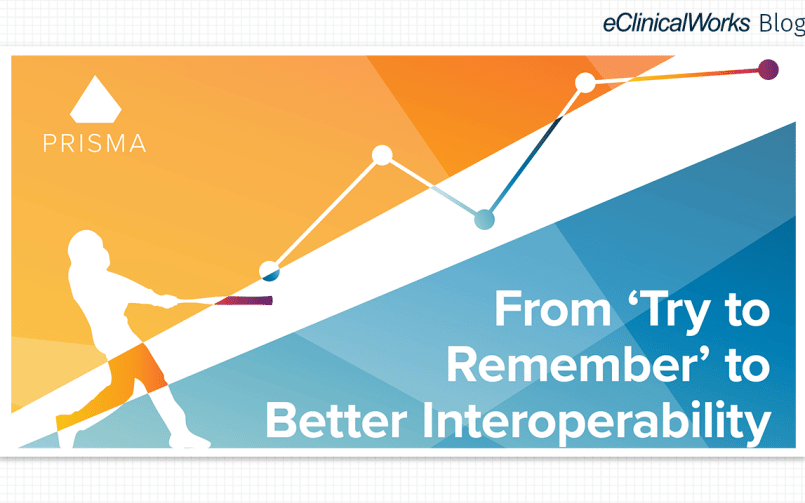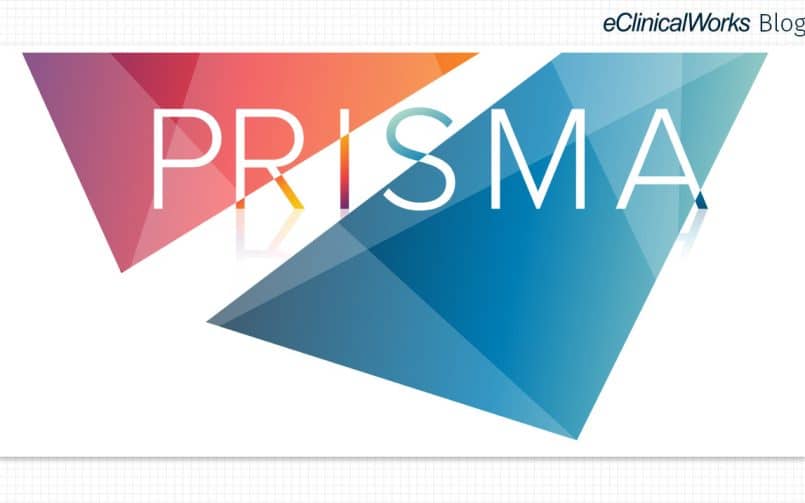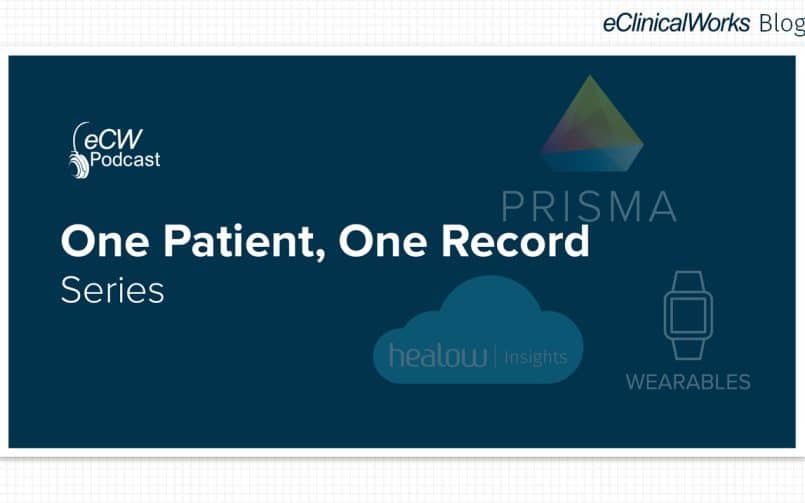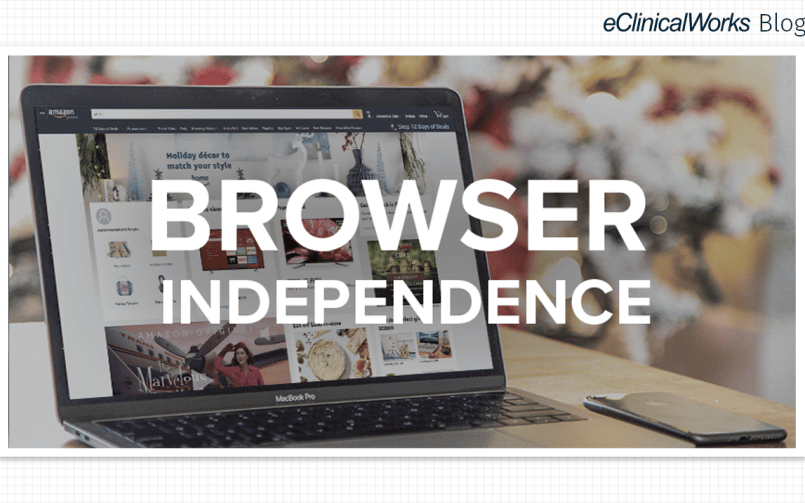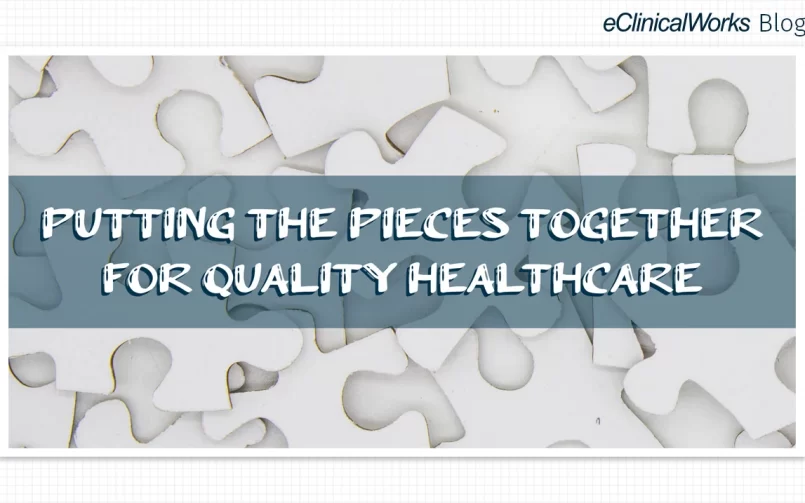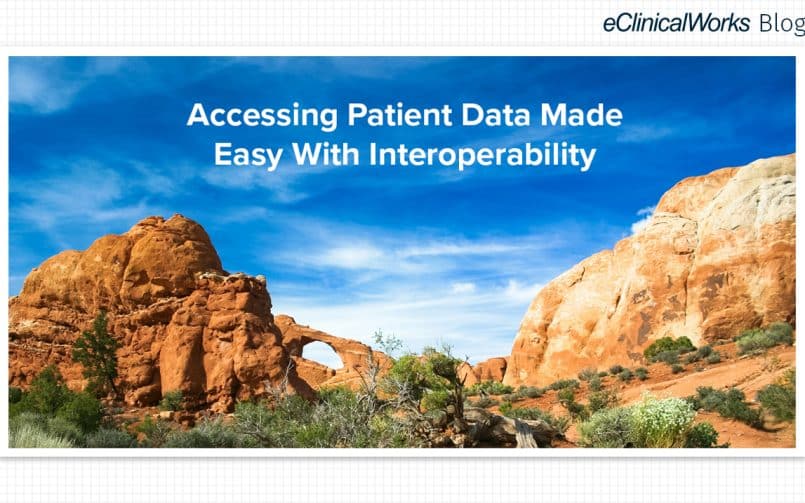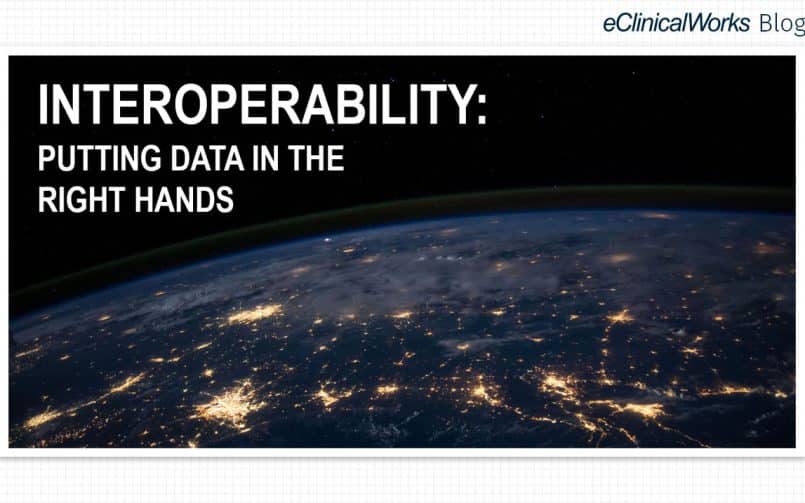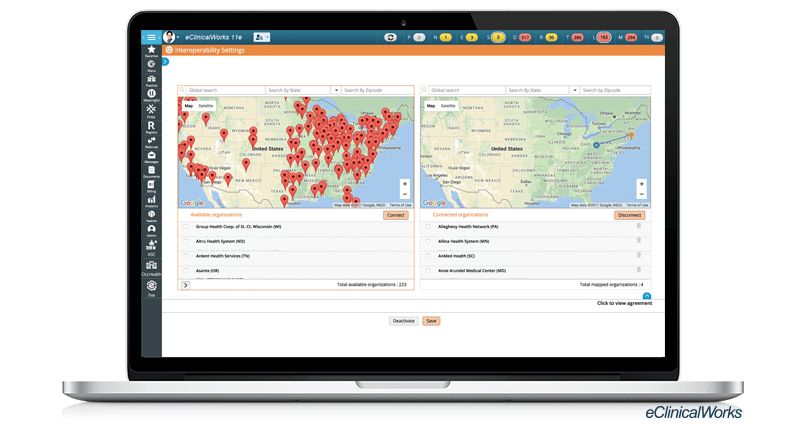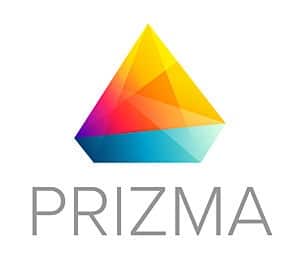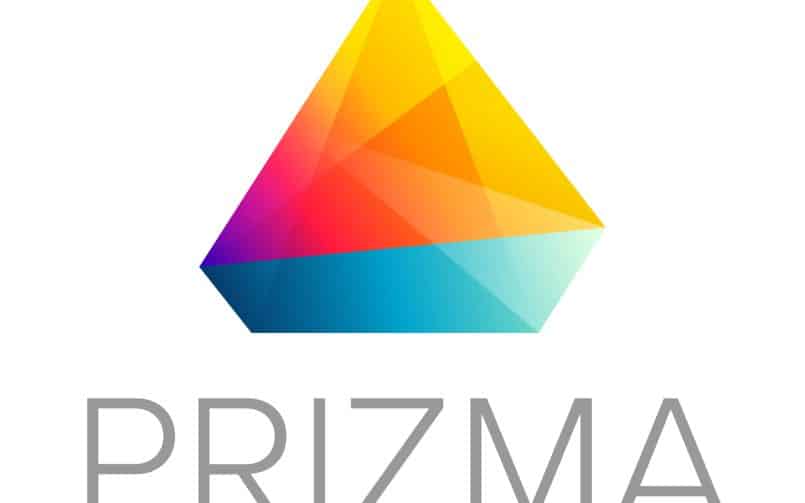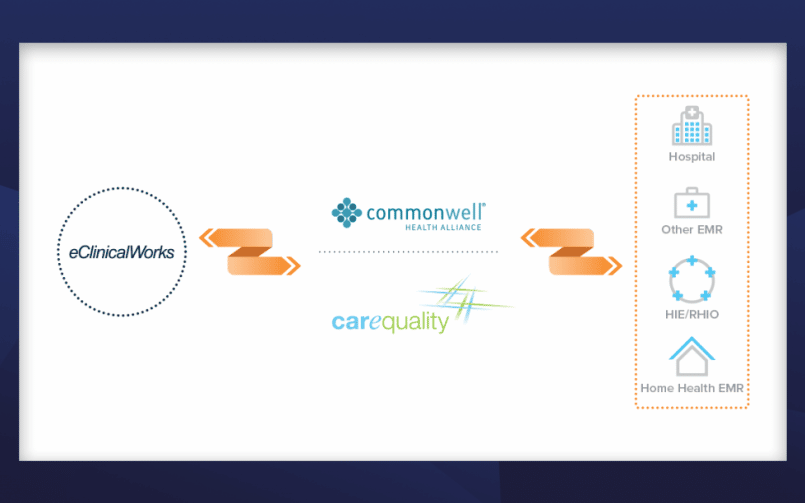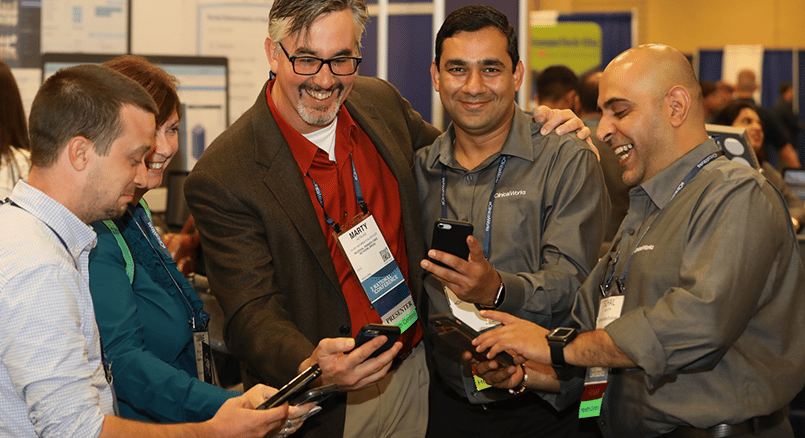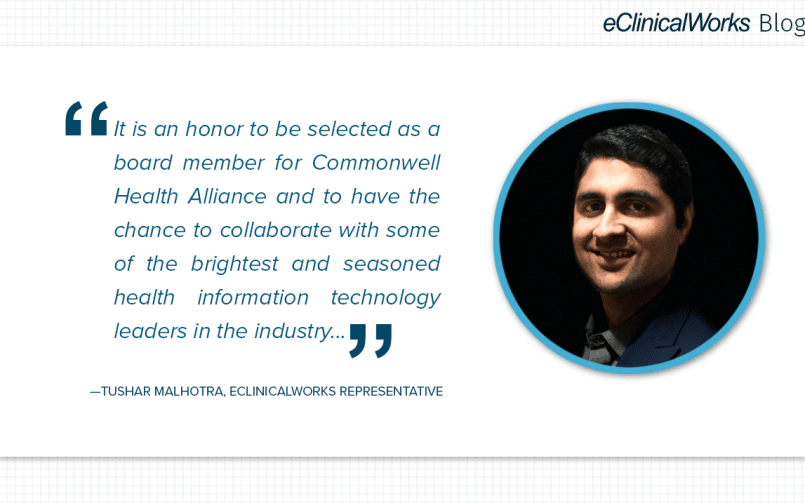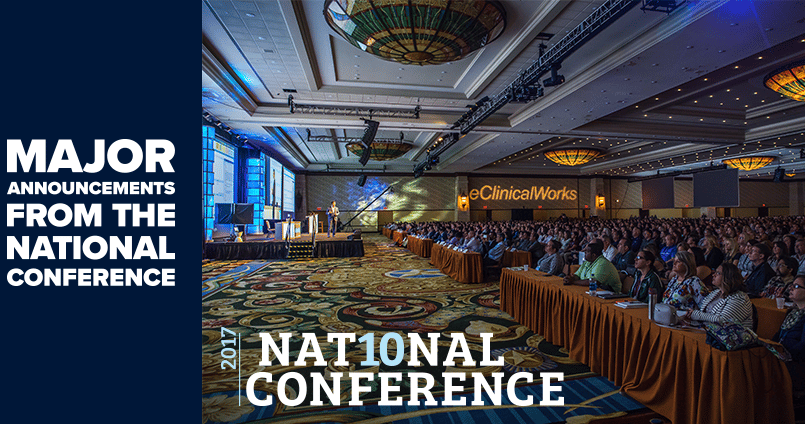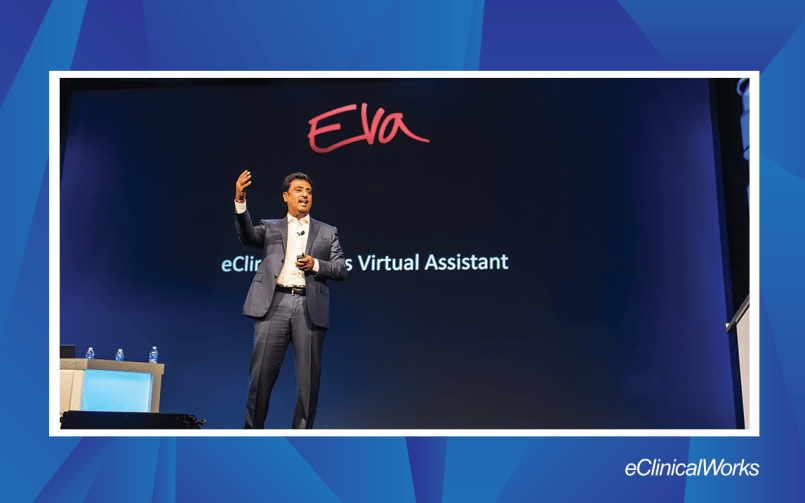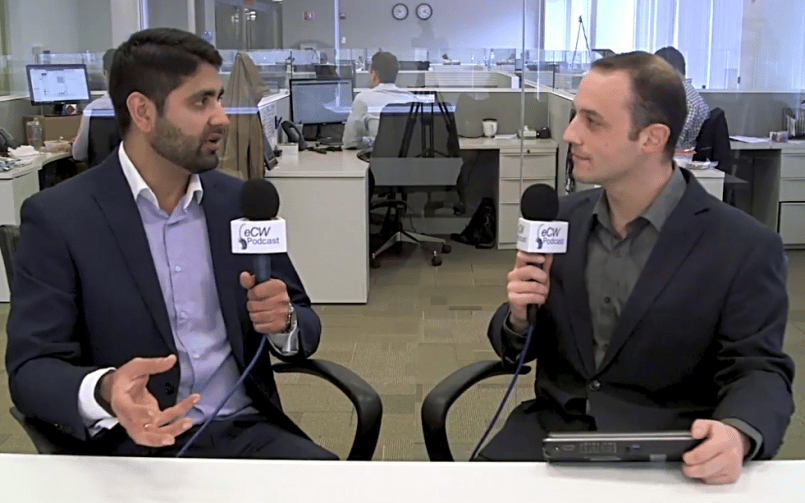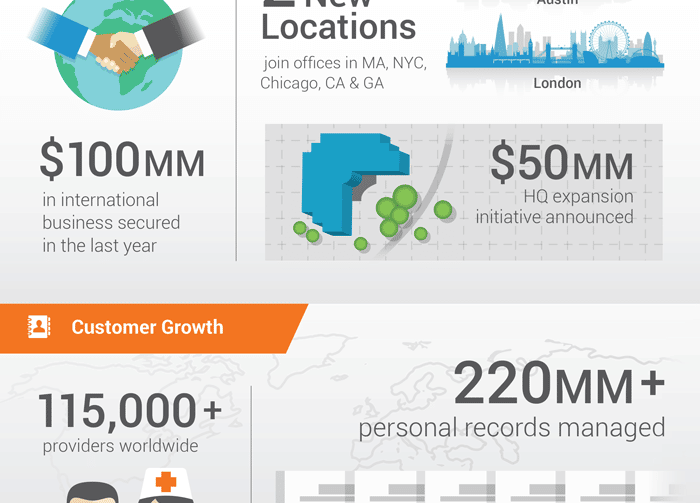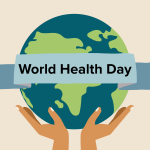Blue Button: The Latest in Interoperability
- 16 January 2019
- Blog
eClinicalWorks
Today’s technology has revolutionized the ways that we access data, and that is particularly true in healthcare. With the growing popularity of health apps and smart watches, people expect to have immediate access to their personal data. That expectation has led to improved methods for Patient Engagement through advanced clinical integrations.
The Centers for Medicare and Medicaid Services (CMS) introduced Blue Button® 2.0 API to ensure patients have simpler and easier access to their personal health data. The API contains four years of Medicare Part A, B and D data for 53 million Medicare beneficiaries — data that can offer deep insight into a beneficiary’s overall health.
Blue Button 2.0 includes the type of Medicare coverage an individual has, the drugs that have been described for them, the primary-care treatments they have received, and the overall costs of their care.
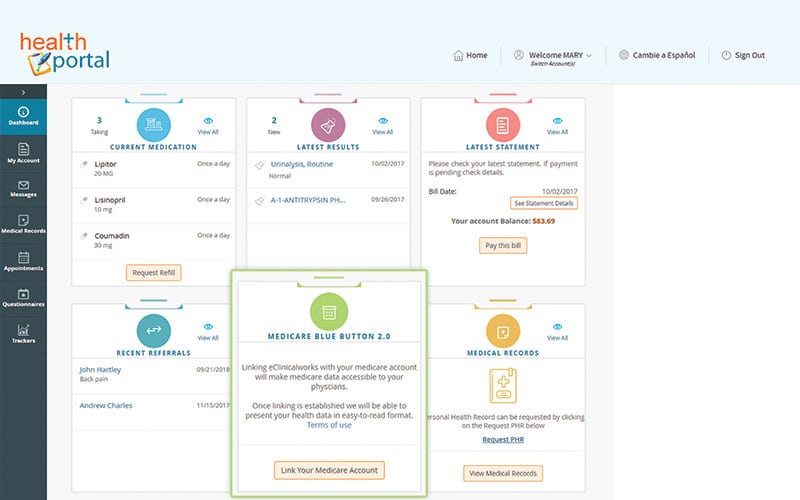
eClinicalWorks is one of the first EHR companies to integrate with CMS Blue Button 2.0 API
Beneficiaries have full control over how their data can be used and by whom, with identity and authorization controlled by MyMedicare.gov. Blue Button 2.0 uses the HL7® FHIR® (Fast Healthcare Interoperability Resources) standard for beneficiary data and the OAuth 2.0 standard for beneficiary authorization.
At eClinicalWorks, our dedication to innovation and customer service led us to become one of the first Electronic Health Record (EHR) companies to be approved to integrate with Blue Button. With this enhanced access to health data, patients and their providers can work more closely than ever to improve health outcomes.
And, to ensure all that data is organized in ways that are clinically relevant at the point of care, eClinicalWorks is developing Prizma, the industry’s first health information search engine.
Prizma will more effectively search, organize, and present relevant patient data, turning the promise of interoperability into practical solutions that providers can apply at the point of care. We believe those solutions will promote better medical outcomes, enhance the quality of the doctor/patient encounter, and reduce the risk of physician burnout.




